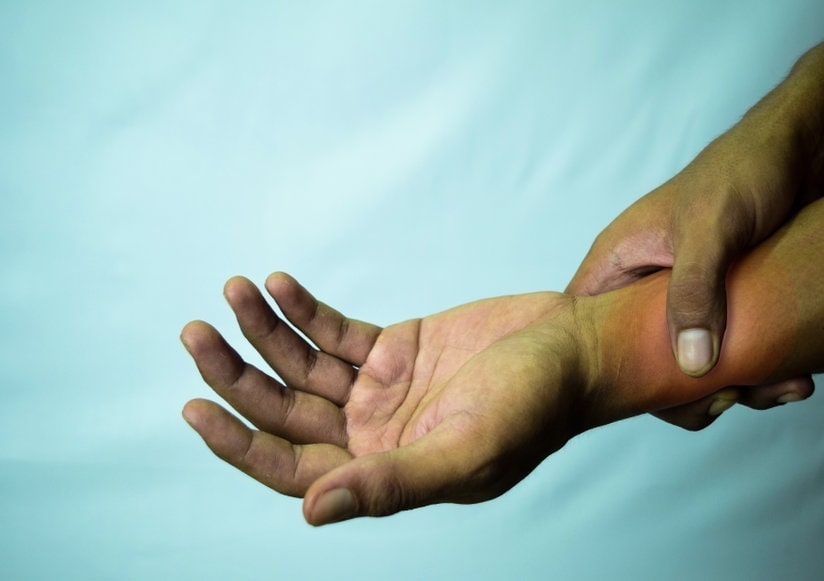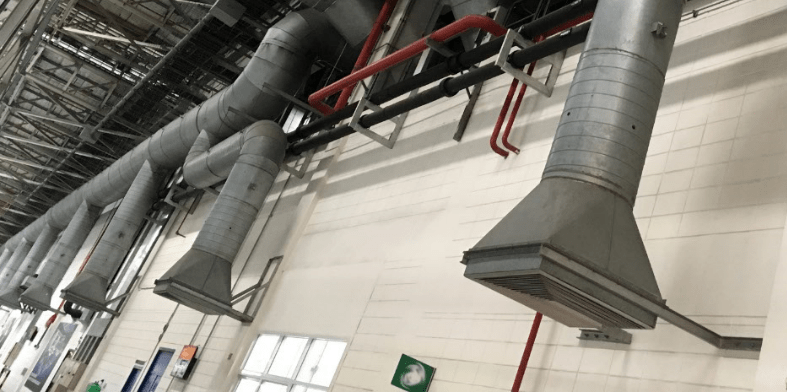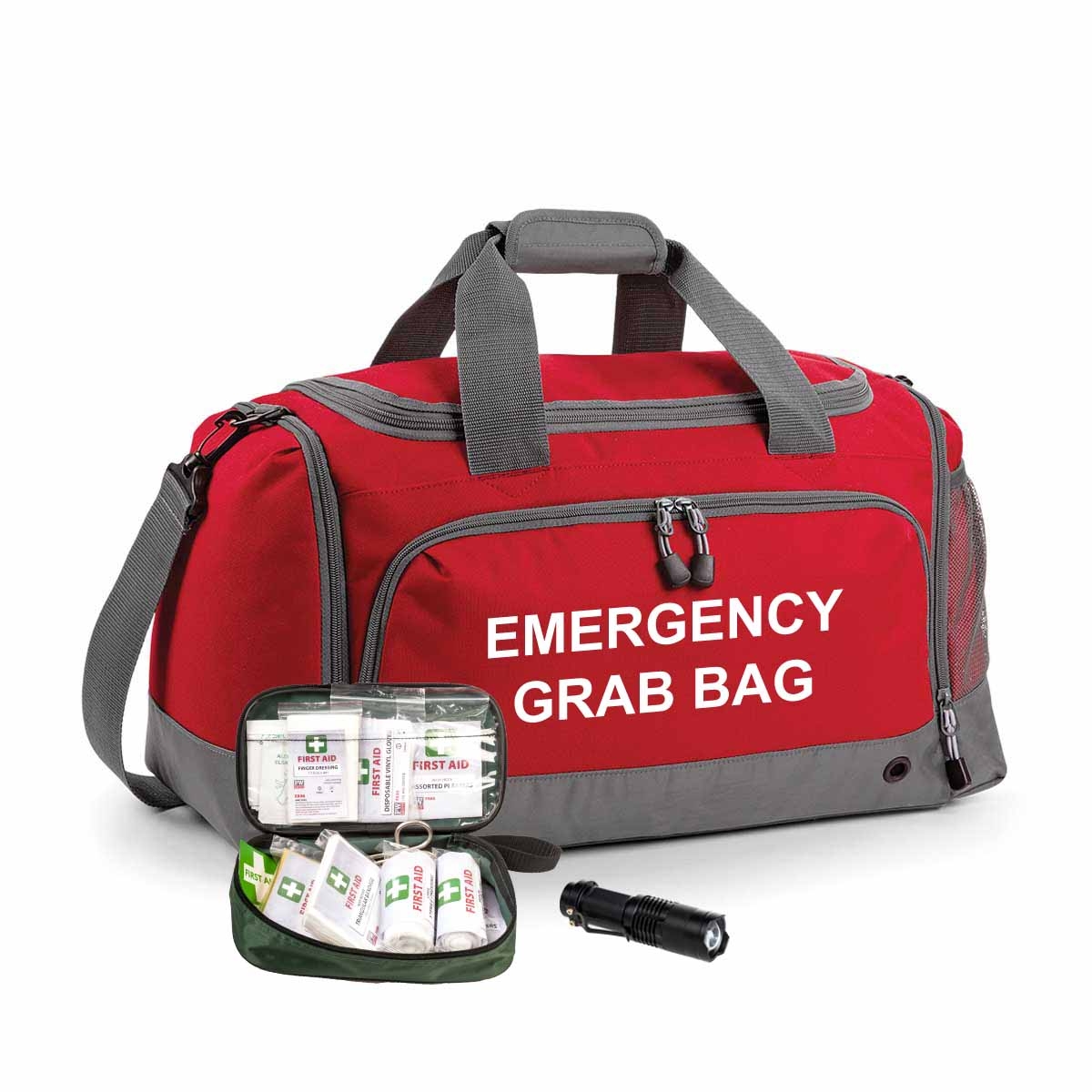Overview:
In the UK, embalming falls under regulations related to the handling of human remains and the control of substances hazardous to health. While there is not specific legislation solely for embalming, the practice is typically regulated by various laws and guidelines. Here are some key aspects to consider:
- Health and Safety at Work Act 1974: This legislation is the primary framework for health and safety regulation in the UK. It requires employers to ensure the health, safety, and welfare of their employees, as well as anyone else who may be affected by their work activities.
- Control of Substances Hazardous to Health (COSHH) Regulations 2002: COSHH regulations apply to substances that are hazardous to health, including chemicals used in embalming fluid. Employers must conduct risk assessments, provide appropriate control measures (such as ventilation or personal protective equipment), and ensure that employees are adequately trained in handling hazardous substances.
- Management of Health and Safety at Work Regulations 1999: These regulations require employers to assess and manage risks to health and safety in the workplace, including risks associated with embalming procedures. This may include implementing safe working practices, providing appropriate equipment, and ensuring adequate training for employees.
- Health and Safety Executive (HSE) Guidance: The HSE provides guidance on a range of health and safety topics, including the handling of human remains and the use of hazardous substances. Employers and employees involved in embalming should consult relevant HSE guidance to ensure compliance with legal requirements and best practices.
- Environmental Protection Regulations: Depending on the disposal method of embalming fluids and waste, regulations related to environmental protection may also apply. These regulations aim to prevent pollution and ensure the safe disposal of hazardous substances.
It is essential for employers and employees involved in embalming to stay up to date with relevant legislation, guidelines, and best practices to ensure the health and safety of everyone involved in the process. Additionally, consulting with industry associations and professional bodies may provide further guidance on specific requirements for embalming practices in the UK.
Training on Embalming
In the UK, embalming is typically performed by qualified professionals known as embalmers or anatomical pathology technologists. The qualifications and training required to become an embalmer in the UK vary depending on the specific role and employer, but generally include the following:
- Education: Most embalmers have a relevant educational background in anatomy, mortuary science, or a related field. This may include a degree or diploma in anatomical pathology technology, mortuary science, or funeral services.
- Training Program: Embalmers typically undergo specialised training programs to learn the skills and techniques required for embalming. These programs may be offered by colleges, universities, or professional associations and typically include both classroom instruction and practical hands-on experience in a mortuary setting.
- Apprenticeship: Some embalmers may enter the field through apprenticeship programs, where they work under the supervision of experienced professionals to gain practical experience and skills.
- Certification: While certification is not always required, many embalmers choose to become certified by professional organisations such as the British Institute of Embalmers (BIE) or the British Institute of Funeral Directors (BIFD). Certification often involves passing written exams and demonstrating practical skills.
- Registration: In some cases, embalmers may need to register with regulatory bodies such as the Human Tissue Authority (HTA) or the General Medical Council (GMC), especially if they work in healthcare settings or handle human tissue for medical purposes.
- Continuing Education: Embalmers may be required to participate in continuing education and professional development activities to maintain their skills and stay current with advances in the field.
It is important to note that regulations and requirements for embalmers may vary depending on the jurisdiction within the UK and the specific employer or industry sector. Prospective embalmers should research the specific requirements in their area and seek guidance from professional organisations or regulatory bodies as needed.
Formaldehyde - Health & Safety
Formaldehyde is a common chemical used in embalming processes to preserve bodies. However, it is crucial to handle it safely due to its potential health risks. Here are some safety factors to consider when using a 2% solution of formaldehyde for embalming:
- Personal Protective Equipment (PPE): Always wear appropriate PPE, including gloves, goggles, and a lab coat or apron, when handling formaldehyde solutions. This helps prevent skin contact, inhalation, and eye exposure.
- Ventilation: Ensure adequate ventilation in the embalming area to minimise exposure to formaldehyde vapours. Use local exhaust ventilation or work in well-ventilated areas with fresh air circulation.
- Dilution: Use the formaldehyde solution as directed (normally 2% concentrate) and avoid unnecessary exposure by minimising spills and splashes. Follow proper dilution procedures to maintain the desired concentration and reduce the risk of overexposure.
- Containment: Store formaldehyde solutions securely in properly labelled, tightly sealed containers to prevent accidental spills and leaks. Use secondary containment measures to contain any spills and prevent environmental contamination.
- Handling: Handle formaldehyde solutions with care, avoiding unnecessary agitation or splashing. Use appropriate equipment, such as pipettes or pumps, to transfer the solution safely.
- Emergency Preparedness: Have emergency procedures in place, including access to emergency eyewash stations, showers, and spill cleanup kits. Train staff on how to respond to formaldehyde spills and exposure incidents.
- Monitoring: Regularly monitor formaldehyde exposure levels in the embalming area using air monitoring equipment. Keep records of monitoring results and take corrective actions if exposure levels exceed permissible limits.
- Training: Provide comprehensive training to all personnel involved in the embalming process on the safe handling, storage, and disposal of formaldehyde solutions. Emphasise the importance of following safety protocols and using PPE correctly.
- Health Surveillance: Implement a medical surveillance program to monitor the health of employees who may be exposed to formaldehyde. Offer medical examinations and follow-up for any signs or symptoms of formaldehyde exposure-related health effects.
By addressing these safety factors, you can help minimise the risks associated with using a 2% solution of formaldehyde for embalming while ensuring the preservation of the deceased in a respectful and responsible manner.
Disposal of Bodily Fluids - Health & Safety
In the UK, disposing of bodily fluids, whether in a healthcare setting or otherwise, must adhere to specific safety factors and legal requirements to ensure the protection of public health and the environment. Here are some key considerations:
- Health and Safety Regulations: Employers and individuals must adhere to relevant health and safety regulations, such as the Control of Substances Hazardous to Health (COSHH) Regulations. These regulations outline measures for the safe handling, storage, and disposal of hazardous substances, including bodily fluids.
- Infection Control Measures: Proper infection control measures should be in place to prevent the spread of infectious diseases. This includes using appropriate personal protective equipment (PPE) such as gloves, masks, and aprons when handling bodily fluids.
- Waste Management Regulations: The disposal of bodily fluids is subject to waste management regulations. Depending on the type and volume of waste, it may be classified as clinical waste, which has specific disposal requirements. Organisations must comply with the Environmental Protection Act 1990 and the Waste Management Regulations.
- Segregation and Packaging: Bodily fluids should be segregated from other waste streams and placed in leak-proof containers that are clearly labelled as hazardous. This helps prevent accidents and ensures that waste is handled appropriately during disposal.
- Disposal Methods: Disposal methods for bodily fluids may vary depending on the setting and type of waste. Options include incineration, autoclaving, or chemical treatment. Healthcare facilities often have specific protocols for disposing of clinical waste, which must be followed.
- Transportation Requirements: If bodily fluids need to be transported off-site for disposal, there are regulations governing the transportation of hazardous waste. This includes using authorized carriers and ensuring that containers are properly sealed and labelled.
- Documentation and Record-Keeping: It is important to maintain accurate records of waste disposal activities, including the types and quantities of waste generated, disposal methods used, and any relevant permits or licenses obtained.
- Training and Education: Personnel involved in the handling and disposal of bodily fluids should receive appropriate training on safety procedures, infection control measures, and waste management protocols.
- Regulatory Bodies: Regulatory bodies such as the Environment Agency and the Health and Safety Executive (HSE) provide guidance and oversight to ensure compliance with relevant regulations and standards.
- Local Authority Requirements: Local authorities may have additional requirements or guidelines for the disposal of bodily fluids, so it is important to be aware of and comply with any local regulations.
By adhering to these safety factors and legal requirements, individuals and organisations can ensure the safe and responsible disposal of bodily fluids in the UK
Manual Handling of Deceased Persons
When moving deceased persons, it is crucial to follow strict safety protocols to ensure the well-being of both the individuals handling the deceased and the deceased themselves. Here are some safety considerations for manual handling in such situations:
- Assessment of Risks: Before moving a deceased person, assess the situation to identify potential risks, such as the weight and size of the deceased, the condition of the environment (e.g., narrow corridors, stairs), and any obstacles or hazards in the path of movement.
- Use of Mechanical Aids: Whenever possible, use mechanical aids such as trolleys, lifts, or hoists to assist with lifting and moving deceased persons. This reduces the risk of injury to staff and ensures a safer and more controlled transfer.
- Teamwork: Manual handling tasks involving deceased persons should ideally be performed by a team of trained individuals working together. This allows for proper coordination, communication, and distribution of weight, reducing the strain on any single person.
- Proper Lifting Techniques: If manual lifting is necessary, use proper lifting techniques to minimize the risk of injury. This includes bending at the knees, keeping the back straight, and lifting with the legs rather than the back. Avoid twisting or jerking movements.
- Appropriate Personal Protective Equipment (PPE): Wear appropriate PPE, such as gloves and possibly protective clothing, to reduce the risk of exposure to bodily fluids or pathogens. This is particularly important in situations where there may be infectious diseases present.
- Communication: Ensure clear communication among team members during manual handling tasks. Use verbal cues or signals to coordinate movements and ensure everyone is aware of their role and the plan for moving the deceased.
- Clear Pathways: Ensure that pathways are clear of obstacles and hazards before moving the deceased. This includes removing any clutter, securing loose flooring or carpeting, and ensuring adequate lighting.
- Training and Education: Staff involved in manual handling of deceased persons should receive proper training on safe handling techniques, risk assessment, and infection control measures. Regular refresher training should also be provided.
- Documentation: Maintain accurate documentation of manual handling activities, including any incidents or near misses. This helps identify areas for improvement and ensures compliance with safety regulations.
- Seek Assistance if Needed: If the deceased person is particularly heavy or difficult to move, do not hesitate to seek assistance from additional staff members or use mechanical aids. Avoid putting yourself or others at risk by attempting to lift beyond your capabilities.
By following these safety considerations, those involved in the manual handling of deceased persons can minimise the risk of injury and ensure a safe and respectful handling process.
Do you have questions on Embalming Health & Safety?
Contact us on 033 33 215 005 or email websiteenquiries@wirehouse-es.com





